

Articles
How To Get Blood Stains Out Of White Duvet
Modified: December 7, 2023
Learn effective techniques and tips for removing blood stains from your white duvet with our informative articles. Say goodbye to stubborn stains and restore the pristine look of your bedding.
(Many of the links in this article redirect to a specific reviewed product. Your purchase of these products through affiliate links helps to generate commission for Storables.com, at no extra cost. Learn more)
Introduction
Having a white duvet can add a touch of elegance and freshness to your bedroom. However, accidents happen, and one common challenge you may face is dealing with blood stains on your white duvet. Blood stains can be stubborn and challenging to remove, especially on white fabric. But fear not! In this article, we will guide you through effective methods to get those blood stains out of your white duvet.
Before we delve into the methods, it’s important to understand why blood stains are particularly tricky to remove. The iron contained in blood causes it to bond with the fibers of the fabric, making it more difficult to lift the stain completely. This makes it essential to address the stains as soon as possible to increase your chances of successful removal.
Before attempting to remove the blood stains, there are a few precautions you should take. First, always read the care label on your duvet to ensure you use the appropriate cleaning methods. Some duvets may have specific instructions or limitations for stain removal. Additionally, it’s advisable to test any cleaning solution on a small, inconspicuous area of the duvet to ensure it doesn’t cause any damage or discoloration.
Now, let’s explore some effective methods for removing blood stains from your white duvet.
Key Takeaways:
- Act quickly and use cold water to remove blood stains from white duvets. Employ methods like hydrogen peroxide, enzyme-based stain removers, and lemon juice and baking soda paste for effective stain removal.
- Always read care labels, test cleaning solutions, and be patient when removing blood stains from white duvets. Consider professional cleaning if needed, and restore your duvet’s pristine appearance.
Read more: How To Get Stains Out Of A Duvet
Why blood stains are challenging to remove from white duvets
Blood stains can be particularly stubborn and challenging to remove from white duvets due to several factors:
- Bonding with fabric fibers: The iron in blood causes it to bind with the fibers of the fabric, making it difficult to lift the stain simply by washing.
- Coagulation: When blood comes into contact with air or other substances, it coagulates and forms a gel-like substance. This coagulated blood can seep deep into the fabric, making it hard to remove.
- Setting in heat: Heat can cause blood stains to set, making them even more challenging to remove. If you’ve used hot water or subjected your duvet to high temperatures, it could cause the stain to become more resistant.
- Length of time: The longer a blood stain remains untreated, the more difficult it becomes to remove. It’s crucial to address the stain as quickly as possible to increase the chances of successful removal.
- Protein content: Blood contains proteins, and when these proteins come into contact with fabric, they can leave behind residual marks that are difficult to eliminate completely.
When it comes to removing blood stains, it’s important to act fast and employ effective techniques to break down the stain’s bonds and remove it from the fabric. In the following sections, we will explore various methods that can help you effectively eliminate blood stains from your white duvet.
Precautions before attempting to remove blood stains
Before you begin the process of removing blood stains from your white duvet, there are a few precautions you should take to ensure that you don’t cause further damage to the fabric:
- Read the care label: Check the care label or instructions provided with your duvet to determine if there are any specific cleaning instructions or limitations. Some duvets may require specialized cleaning methods or may not be safe to treat with certain chemicals.
- Test in an inconspicuous area: Before applying any cleaning solution or method to the entire stain, it’s advisable to test it in a small, hidden area of the duvet. This will help you ensure that the cleaning agent does not cause any discoloration or damage to the fabric.
- Blot, don’t rub: When dealing with a fresh blood stain, avoid rubbing or scrubbing the area, as it can cause the stain to spread and penetrate deeper into the fabric. Instead, use a clean cloth or paper towel to gently blot the stain, absorbing as much blood as possible.
- Avoid hot water: Hot water can cause blood stains to set, making them more difficult to remove. Therefore, it’s best to use cold or lukewarm water when treating blood stains on your white duvet.
- Check for colorfastness: If your duvet has colored or printed designs, you should check for colorfastness before applying any cleaning solution. Moisten a cotton swab or cloth with the cleaning solution and gently rub it on an inconspicuous area to ensure that the color does not bleed or fade.
- Protect yourself: When using any cleaning agents or chemicals, always wear protective gloves to safeguard your skin from potential irritants.
By following these precautions, you can ensure that the process of removing blood stains from your white duvet is safe and effective. Now, let’s explore some methods that can help you tackle those stubborn stains.
Method 1: Using cold water and mild detergent
This method is suitable for fresh blood stains on your white duvet. The key is to act quickly before the stain sets into the fabric. Here’s how:
- Start by removing any excess blood from the duvet by blotting it gently with a clean cloth or paper towel. Avoid rubbing or scrubbing, as this can push the stain deeper into the fabric.
- Next, rinse the stained area with cold water. Cold water helps prevent the blood from coagulating and setting further.
- In a basin or sink, create a mixture of cold water and a mild detergent. Make sure to follow the instructions on the detergent packaging to determine the appropriate amount.
- Submerge the stained area of the duvet in the soapy water and gently agitate it. Allow it to soak for about 15-30 minutes. During this time, periodically agitate the fabric to help loosen the stain.
- After soaking, rinse the duvet thoroughly with cold water to remove any soap residue.
- Check the stain. If it’s still visible, repeat the process or move on to another method for tougher stains.
- Once the stain is no longer visible, gently squeeze out excess water from the duvet. Avoid wringing or twisting, as this can damage the fabric.
- Finally, allow the duvet to air dry completely. Avoid exposing it to direct sunlight or high heat, as this can cause discoloration.
This method is effective for mild blood stains and can be repeated if necessary. However, for more stubborn or older stains, you may need to try alternative methods.
Now that you know how to use cold water and mild detergent to remove blood stains, let’s explore another method using hydrogen peroxide.
Method 2: Using hydrogen peroxide
Hydrogen peroxide is known for its bleach-like properties, making it an effective solution for removing tough blood stains from white duvets. However, it’s important to proceed with caution as hydrogen peroxide can have a bleaching effect on certain fabrics. Here’s how to use it:
- Before applying hydrogen peroxide, test it on a small, inconspicuous area of the duvet to ensure it doesn’t cause any discoloration or damage. If there are no adverse effects, you can proceed with the stain removal process.
- If the blood stain is fresh, start by blotting up any excess blood with a clean cloth or paper towel. Be gentle and avoid rubbing, as this can spread the stain.
- Pour a small amount of hydrogen peroxide directly onto the blood stain. Make sure to use a lower concentration of hydrogen peroxide, preferably 3%, to minimize the risk of damage to the fabric.
- Using a clean cloth or sponge, gently dab the hydrogen peroxide into the stain. Be careful not to scrub or rub vigorously, as this can damage the fabric.
- Allow the hydrogen peroxide to sit on the stain for about 5-10 minutes, but avoid letting it dry on the fabric.
- Rinse the duvet with cold water to remove the hydrogen peroxide and any loosened stain particles.
- Check the stain. If it persists, repeat the process or try an alternative method.
- Once the stain is gone, gently squeeze out excess water from the duvet without twisting or wringing it. Then, allow the duvet to air dry completely.
It’s worth noting that hydrogen peroxide is best suited for white fabrics or items that can tolerate bleaching agents. If you’re unsure about using hydrogen peroxide on your duvet, consider consulting with a professional cleaner or following another stain removal method.
Now that you’ve learned how to use hydrogen peroxide to tackle blood stains, let’s explore another effective method using an enzyme-based stain remover.
Read more: How To Get A Blood Stain Out Of A Carpet
Method 3: Using enzyme-based stain remover
An enzyme-based stain remover is a powerful tool for breaking down and removing stubborn blood stains from white duvets. Enzymes work by breaking down the proteins in the blood, making the stains easier to lift. Follow these steps to effectively use an enzyme-based stain remover:
- If the blood stain is fresh, start by blotting up any excess blood with a clean cloth or paper towel. Avoid rubbing, as it can spread the stain.
- Read the instructions on the enzyme-based stain remover carefully, and follow the recommended usage guidelines.
- Apply the stain remover directly to the blood stain. Make sure to saturate the stained area thoroughly, allowing the enzymes to penetrate and break down the proteins.
- Gently work the stain remover into the fabric using a clean cloth or sponge. You can lightly rub the stained area in a circular motion to help activate the enzymes.
- Let the enzyme-based stain remover sit on the stain for the suggested duration provided by the product instructions. This allows the enzymes to work their magic and break down the proteins.
- Rinse the duvet with cold water to remove the stain remover and any loosened blood particles.
- Check the stain. If it’s still visible, repeat the process or move on to another method for tougher stains.
- Gently squeeze out excess water from the duvet, being careful not to twist or wring it, and allow the duvet to air dry completely.
Enzyme-based stain removers can be highly effective in removing even set-in blood stains. However, if you’re unsure about using a specific product on your duvet, it’s always advisable to test it on a small, inconspicuous area first to ensure compatibility.
Now that you’ve learned how to use an enzyme-based stain remover, let’s explore another method using a salt and ammonia solution.
Soak the blood stain in cold water for 30 minutes, then gently rub with a mixture of hydrogen peroxide and dish soap. Wash in cold water and air dry. Avoid using hot water as it can set the stain.
Method 4: Using salt and ammonia solution
A salt and ammonia solution can be an effective remedy for removing blood stains from white duvets. The salt helps to absorb the blood, while the ammonia acts as a stain-fighting agent. Follow these steps to use this method:
- Start by blotting up any excess blood from the duvet with a clean cloth or paper towel. Make sure not to rub the stain, as it can spread and become more difficult to remove.
- In a bowl, mix one tablespoon of salt with one tablespoon of household ammonia. Ensure good ventilation while handling ammonia by working in a well-ventilated area or opening windows.
- Using a clean cloth or sponge, apply the salt and ammonia solution directly to the blood stain. Gently dab the stained area, working the solution into the fabric. Avoid rubbing vigorously, as it may damage the fabric.
- Let the solution sit on the stain for about 10-15 minutes, allowing it to penetrate and break down the blood particles.
- Rinse the duvet thoroughly with cold water to remove the salt, ammonia, and any loosened blood residue.
- Check the stain. If it persists, consider repeating the process or trying an alternative method for tougher stains.
- Gently squeeze out excess water from the duvet, being careful not to twist or wring it, and then allow the duvet to air dry completely.
Remember, ammonia has a strong odor, so make sure you are working in a well-ventilated area or have windows open to dissipate the fumes. Additionally, always follow safety precautions when working with ammonia, such as avoiding direct contact with skin and eyes.
Now that you’ve learned how to use a salt and ammonia solution to tackle blood stains, let’s explore another effective method using lemon juice and baking soda paste.
Method 5: Using lemon juice and baking soda paste
Lemon juice and baking soda are natural ingredients known for their stain-fighting properties. When combined, they can create a powerful paste to remove blood stains from white duvets. Follow these steps to effectively use this method:
- Blot up any excess blood from the duvet using a clean cloth or paper towel. Avoid rubbing the stain, as it may spread.
- In a small bowl, mix equal parts lemon juice and baking soda to create a paste. The paste should have a thick consistency that can easily be spread onto the stain.
- Apply the lemon juice and baking soda paste directly onto the blood stain, making sure to cover it completely. You can use a clean cloth or sponge to spread the paste evenly.
- Gently rub the paste into the stain using circular motions. This helps to work the lemon juice and baking soda into the fabric and loosen the blood particles.
- Allow the paste to sit on the stain for about 15-30 minutes. This gives the lemon juice and baking soda time to penetrate and break down the stain.
- Rinse the duvet thoroughly with cold water to remove the paste and any loosened blood residue.
- Check the stain. If it’s still visible, you can repeat the process or try an alternative method for tougher stains.
- Gently squeeze out excess water from the duvet without twisting or wringing it, and then allow it to air dry completely.
Lemon juice and baking soda are natural alternatives to chemical-based stain removers. However, it’s important to note that lemon juice may have a slight bleaching effect on fabrics, so it’s best to test this method on a small, inconspicuous area of the duvet first to ensure it doesn’t cause any discoloration.
Now that you’ve learned how to use a lemon juice and baking soda paste to remove blood stains, let’s explore another effective method using a commercial stain remover.
Method 6: Using commercial stain remover
In addition to homemade remedies, there are various commercial stain removers available that are specifically formulated to tackle tough stains like blood. These products can be highly effective in removing stubborn blood stains from white duvets. Follow these steps when using a commercial stain remover:
- Read the instructions provided with the commercial stain remover carefully and follow them accordingly. Different products may have different application methods or recommended usage guidelines.
- If the blood stain is fresh, start by blotting up any excess blood with a clean cloth or paper towel. Be gentle and avoid rubbing, as it can spread the stain.
- Apply the commercial stain remover directly to the blood stain. Make sure to cover the entire affected area with an even layer of the product.
- Gently work the stain remover into the fabric using a clean cloth or sponge. Follow the recommended technique provided by the product instructions, such as rubbing or blotting.
- Let the stain remover sit on the stain for the suggested duration provided by the product instructions. This allows the product’s active ingredients to penetrate the fabric and break down the stain.
- Rinse the duvet thoroughly with cold water to remove the stain remover and any loosened blood particles.
- Check the stain. If it persists, you can repeat the process or seek other stain removal alternatives for more stubborn stains.
- Gently squeeze out excess water from the duvet without twisting or wringing it, and then allow it to air dry completely.
Commercial stain removers are designed to target specific types of stains, including blood. They often contain enzymes or powerful cleaning agents that help break down and remove stubborn stains effectively. However, it’s important to carefully read and follow the instructions provided by the manufacturer to ensure safe and successful stain removal.
Now that you’ve learned how to use a commercial stain remover, let’s move on to some additional tips to enhance your blood stain removal process.
Read more: How To Get Blood Out Of A White Blanket
Tips for effective blood stain removal
When it comes to removing blood stains from white duvets, here are some additional tips that can help ensure a successful outcome:
- Act quickly: The faster you address a blood stain, the better your chances of successful removal. As soon as you notice the stain, begin the cleaning process promptly.
- Use cold water: Cold water is ideal for treating blood stains, as hot water can cause the stain to set. Always use cold water when rinsing or treating blood stains on your white duvet.
- Pre-treat the stain: Before applying any cleaning solution or method, it can be helpful to pre-treat the blood stain. Blot up any excess blood and gently rinse the stain with cold water.
- Test before applying: Whether using homemade or commercial stain removers, always test the solution on a small, inconspicuous area of the duvet first to ensure it doesn’t cause any damage or discoloration.
- Patience is key: Some blood stains may require multiple treatments and a bit of patience. It’s important to persevere and repeat the cleaning process as necessary until the stain is completely removed.
- Avoid heat: Heat can cause blood stains to set and become more difficult to remove. Avoid using hot water, excessive heat, or high-heat drying methods when treating blood stains on your duvet.
- Read the care label: Always refer to the care label or instructions provided with your duvet to ensure you use the appropriate cleaning methods. Some fabrics may have specific recommendations or limitations for stain removal.
- Consider professional cleaning: If the blood stain persists or if you’re unsure about treating it yourself, it may be wise to consult with a professional cleaner who specializes in stain removal. They have the expertise and specialized tools to tackle even the toughest stains.
By following these tips, you can effectively remove blood stains from your white duvet and restore its pristine appearance. Remember, each stain and fabric is unique, so don’t be discouraged if one method doesn’t produce immediate results. With patience and persistence, you’ll be able to tackle those stubborn blood stains successfully.
Now that you’re equipped with the knowledge and techniques to tackle blood stains, you can confidently maintain the cleanliness and freshness of your white duvet.
Remember to always take proper precautions, test any cleaning solutions, and prioritize the care instructions for your duvet. Happy stain removal!
Note: The tips provided in this article are for general guidance purposes. If you have any concerns about the fabric or specific stain, it’s always best to consult with a professional cleaner or follow the manufacturer’s instructions.
Conclusion
Dealing with blood stains on a white duvet can be a challenging task, but with the right methods and precautions, you can restore your duvet to its pristine condition. By acting quickly, using the appropriate cleaning techniques, and employing effective stain removal methods, you can successfully eliminate blood stains from your white duvet.
Throughout this article, we explored several methods to remove blood stains, including using cold water and mild detergent, hydrogen peroxide, enzyme-based stain removers, salt and ammonia solutions, lemon juice and baking soda paste, and commercial stain removers. Each method has its advantages, and depending on the severity and age of the stain, you may need to try different techniques to achieve the best results.
It’s important to always read the care label on your duvet and test any cleaning solution on a small, inconspicuous area before applying it to the entire stain. This will help ensure that the cleaning method is safe for your duvet and doesn’t cause any damage or discoloration.
In addition to the specific methods, we provided some general tips to enhance your blood stain removal process. Acting quickly, using cold water, pre-treating the stain, and exercising patience are all key factors in achieving successful stain removal. It’s also essential to consider professional cleaning if stains persist or if you’re uncertain about treating the stains yourself.
Remember, each stain and fabric is unique, and results may vary. It’s important to approach stain removal with patience and persistence. With the right techniques and a bit of effort, your white duvet can be free from the stubborn marks of blood stains.
Now that you’re equipped with knowledge about effective blood stain removal techniques, as well as the precautions to take, you can confidently maintain the cleanliness and freshness of your white duvet. Don’t let those pesky blood stains ruin the beauty of your bedding. Take action, follow the tips, and enjoy the rejuvenated appearance of your pristine white duvet.
Frequently Asked Questions about How To Get Blood Stains Out Of White Duvet
Was this page helpful?
At Storables.com, we guarantee accurate and reliable information. Our content, validated by Expert Board Contributors, is crafted following stringent Editorial Policies. We're committed to providing you with well-researched, expert-backed insights for all your informational needs.
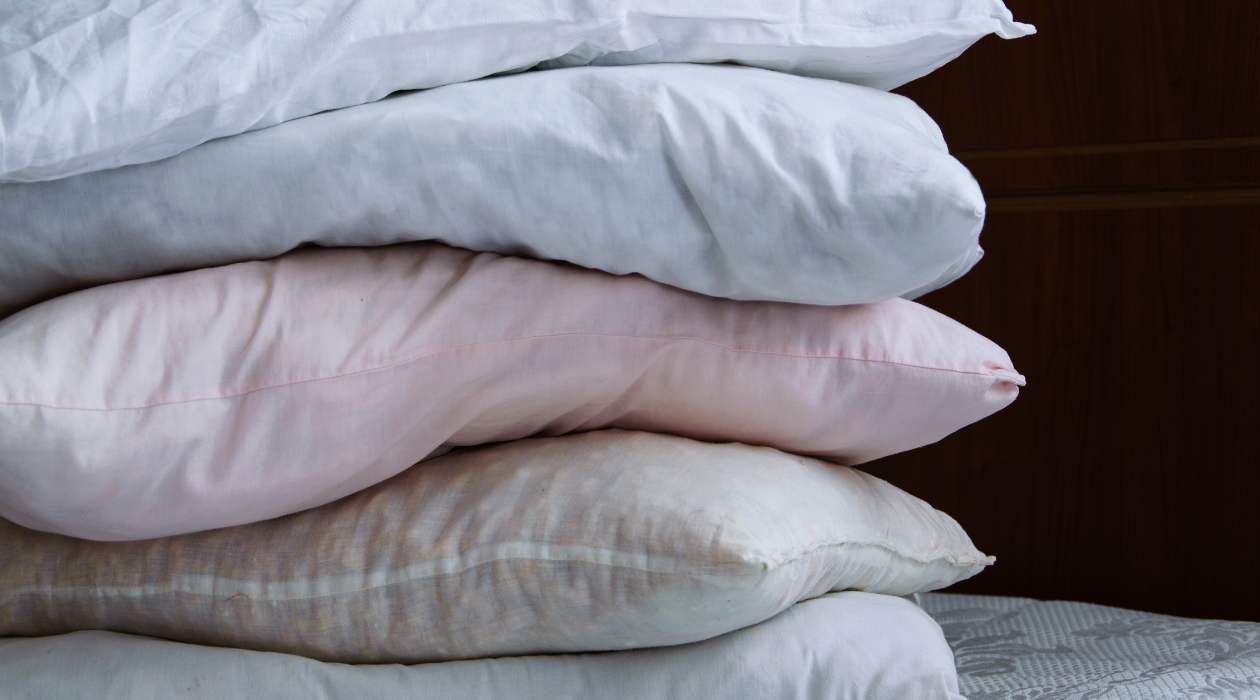
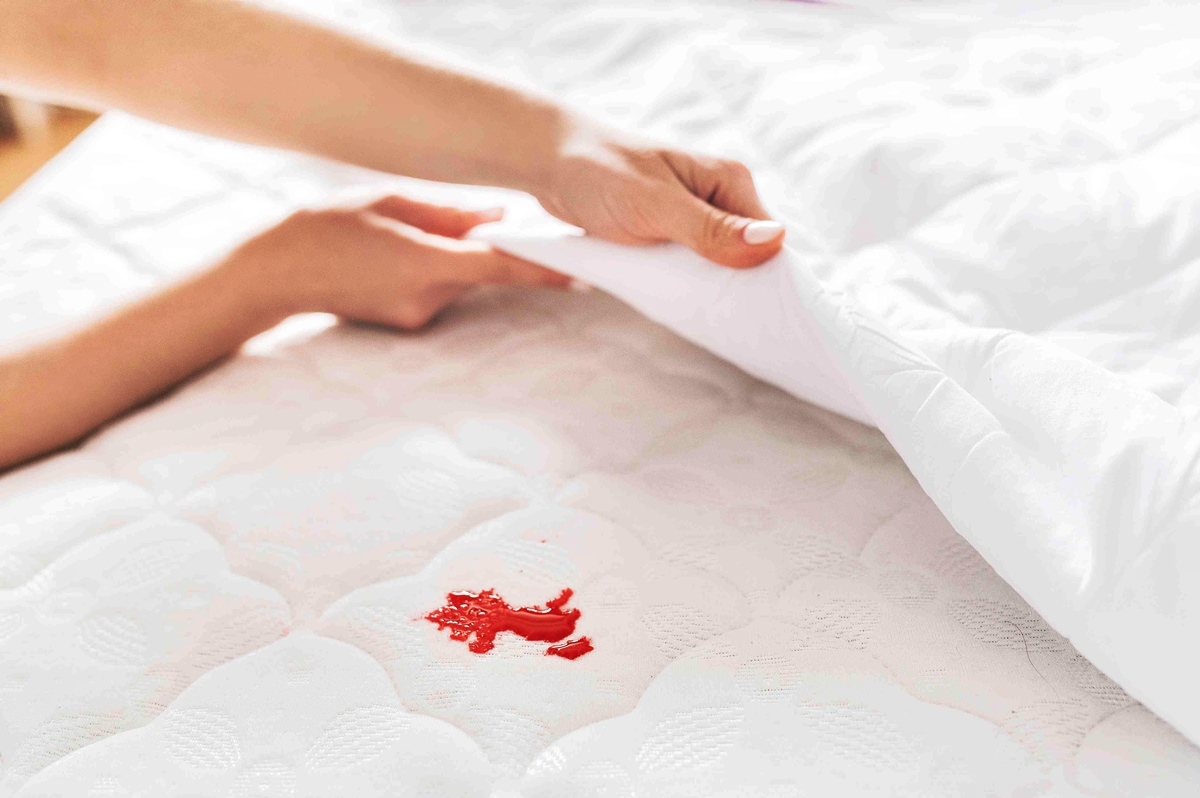
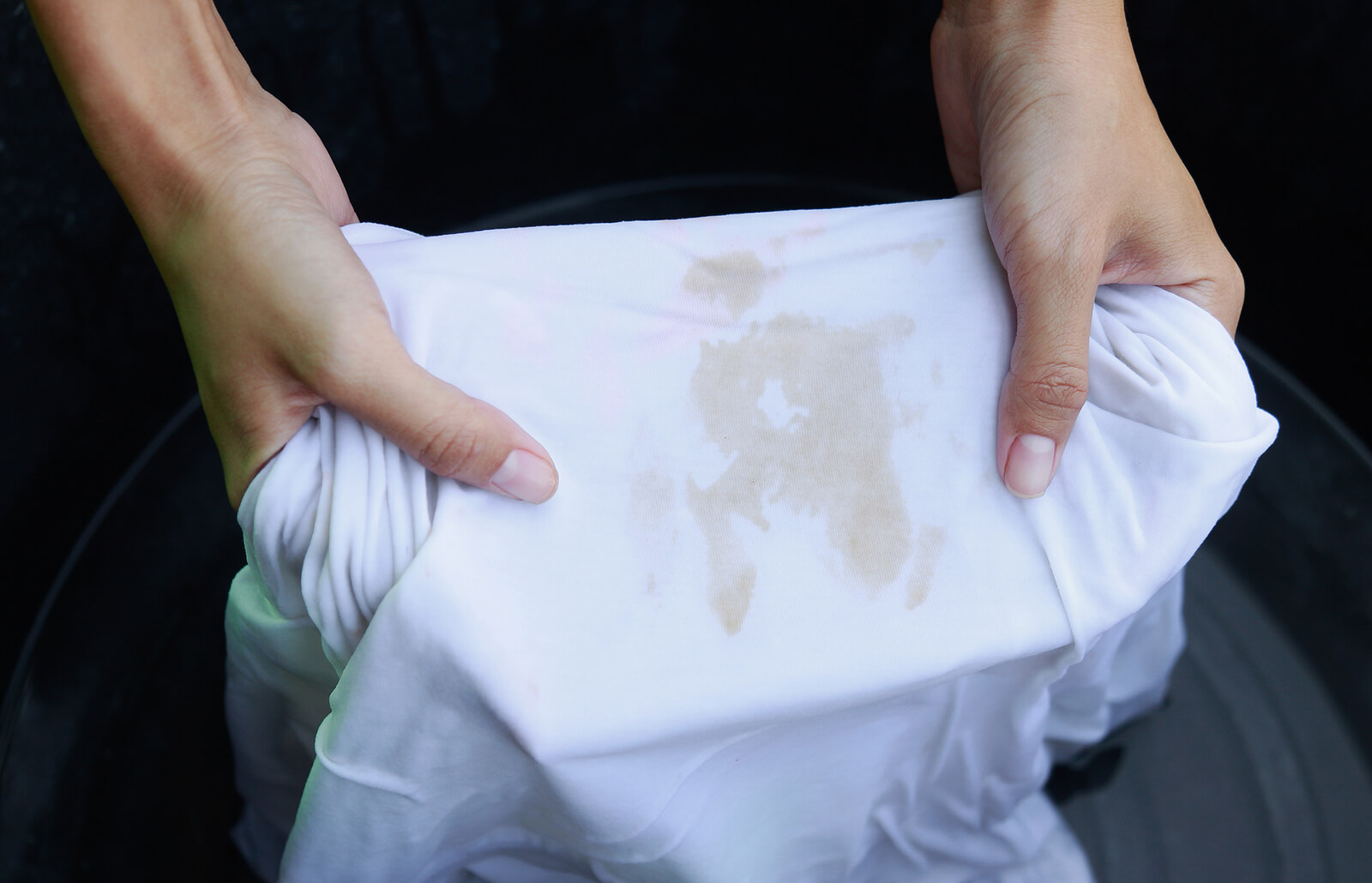
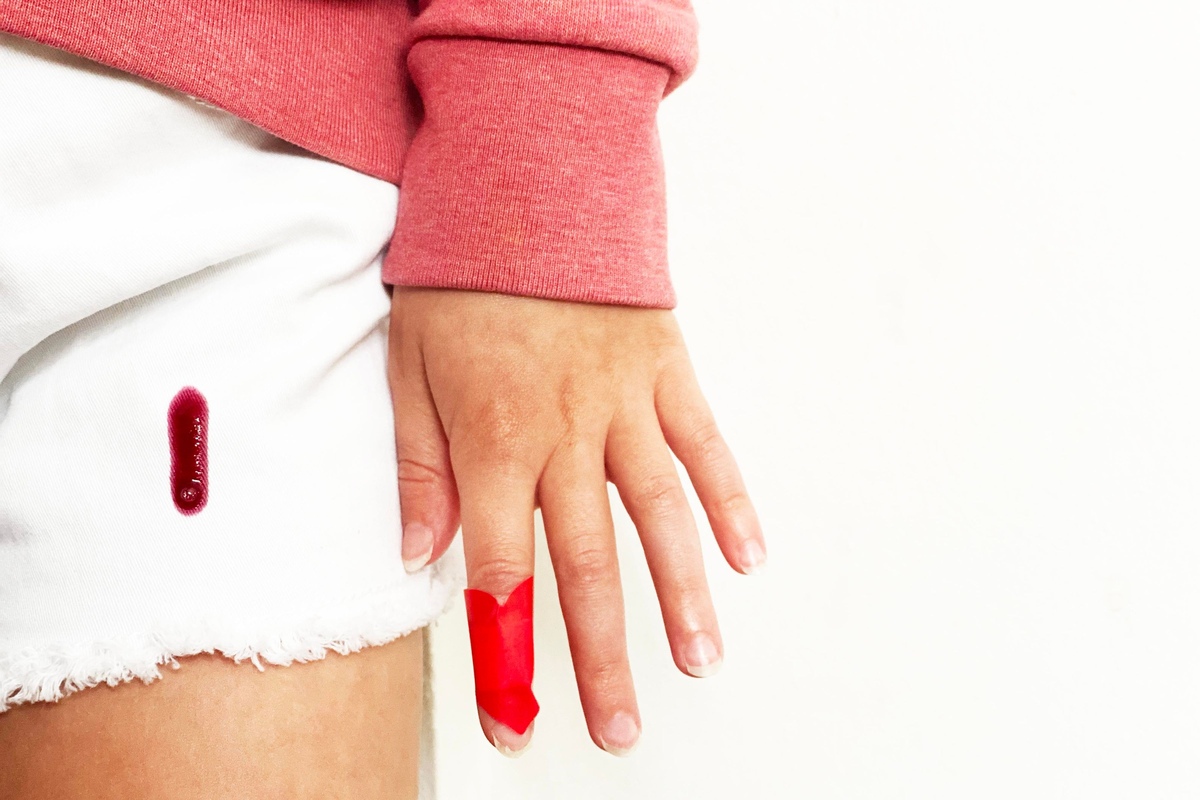
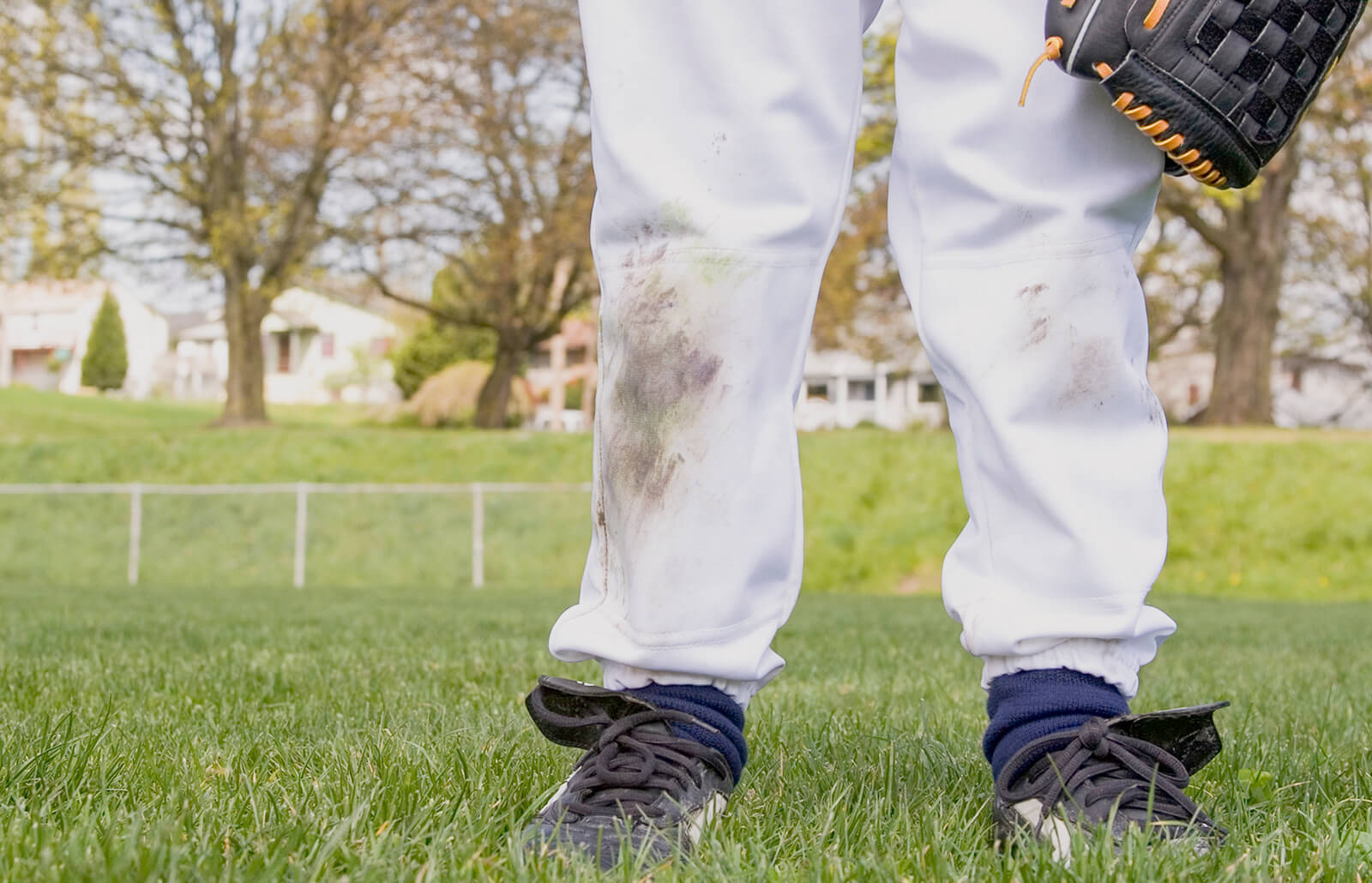
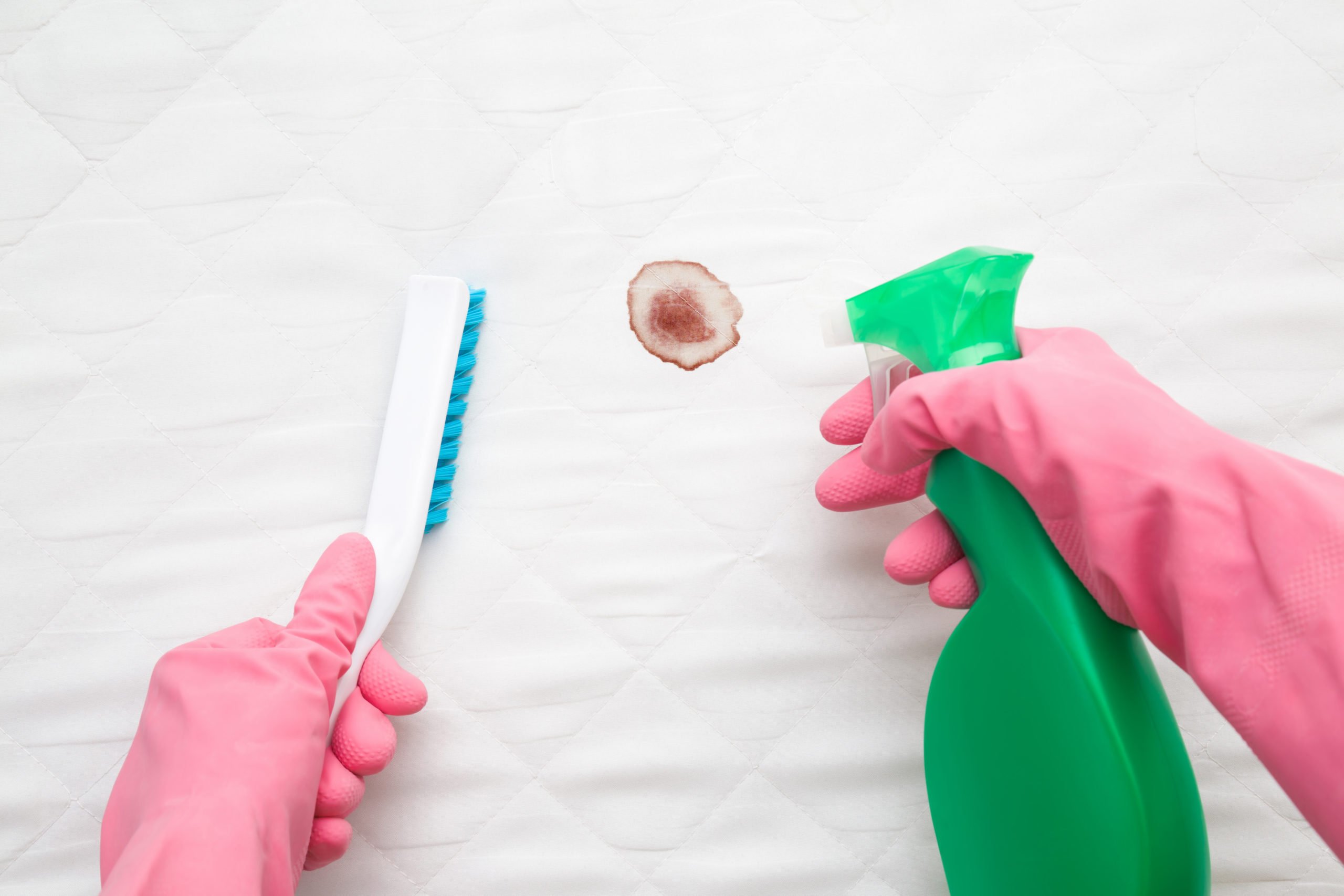
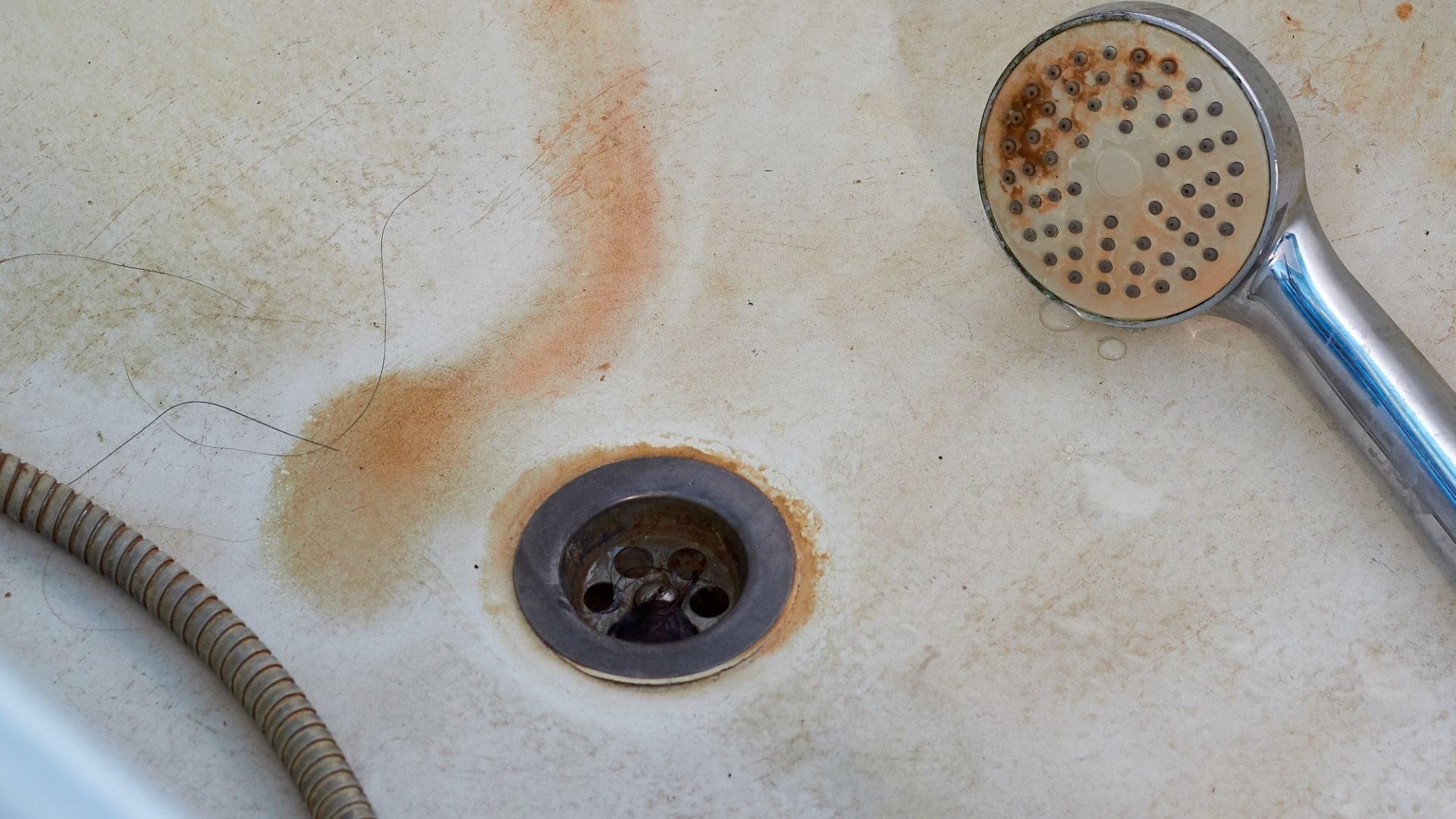
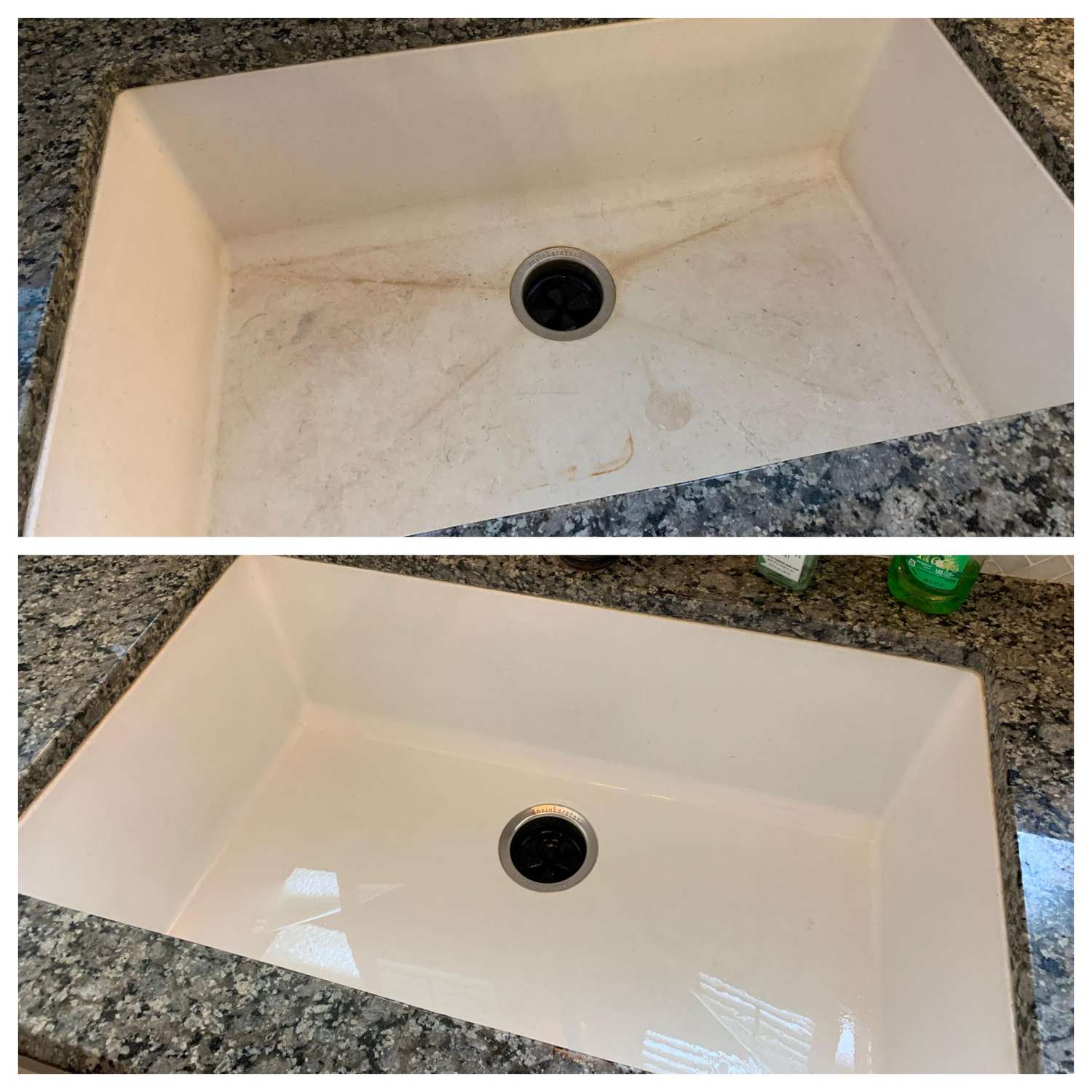
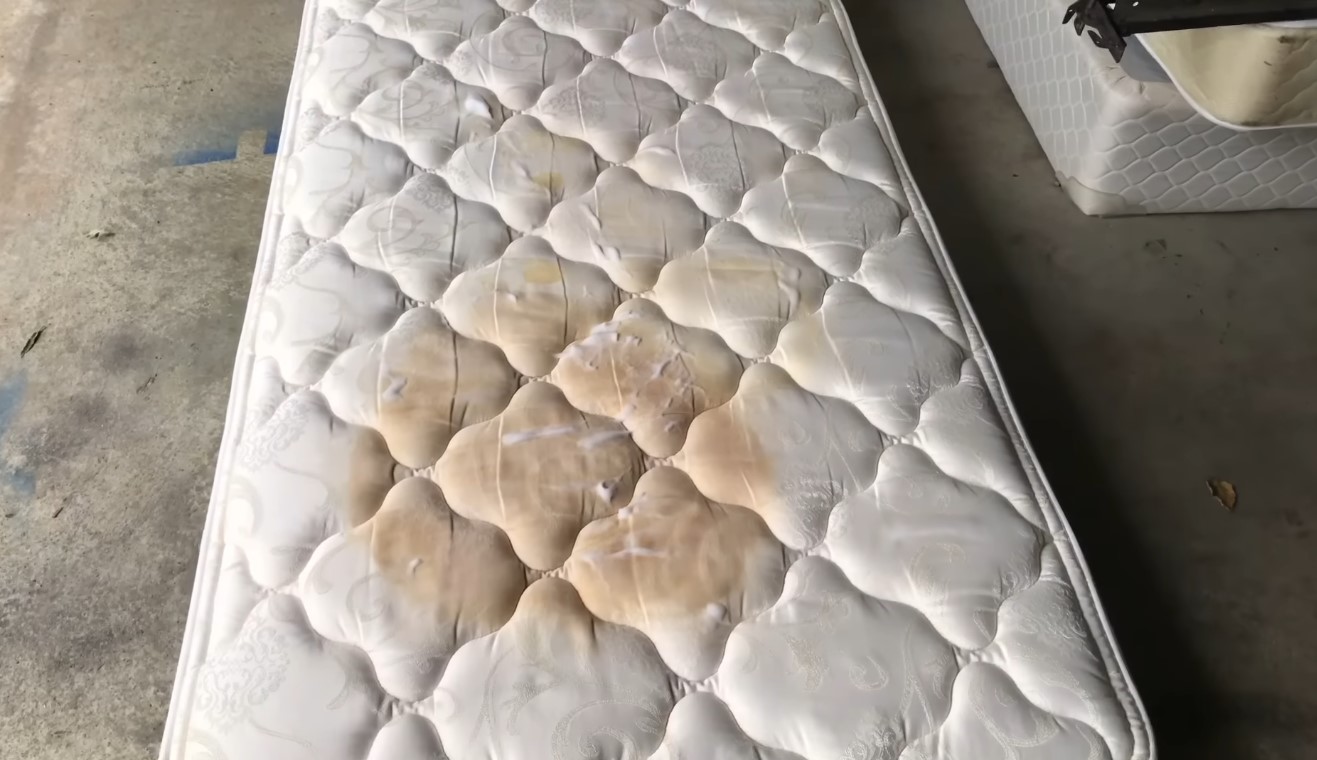

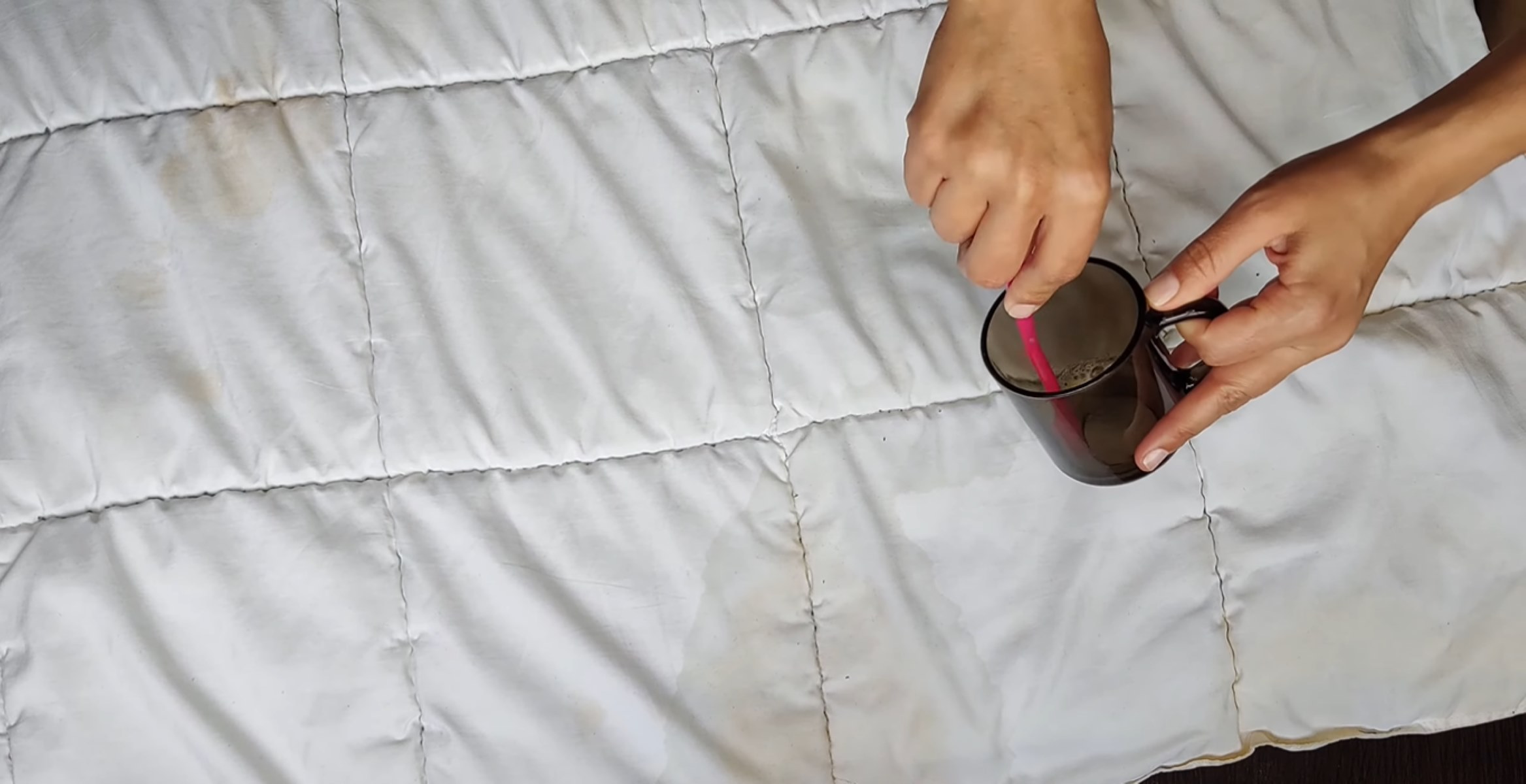

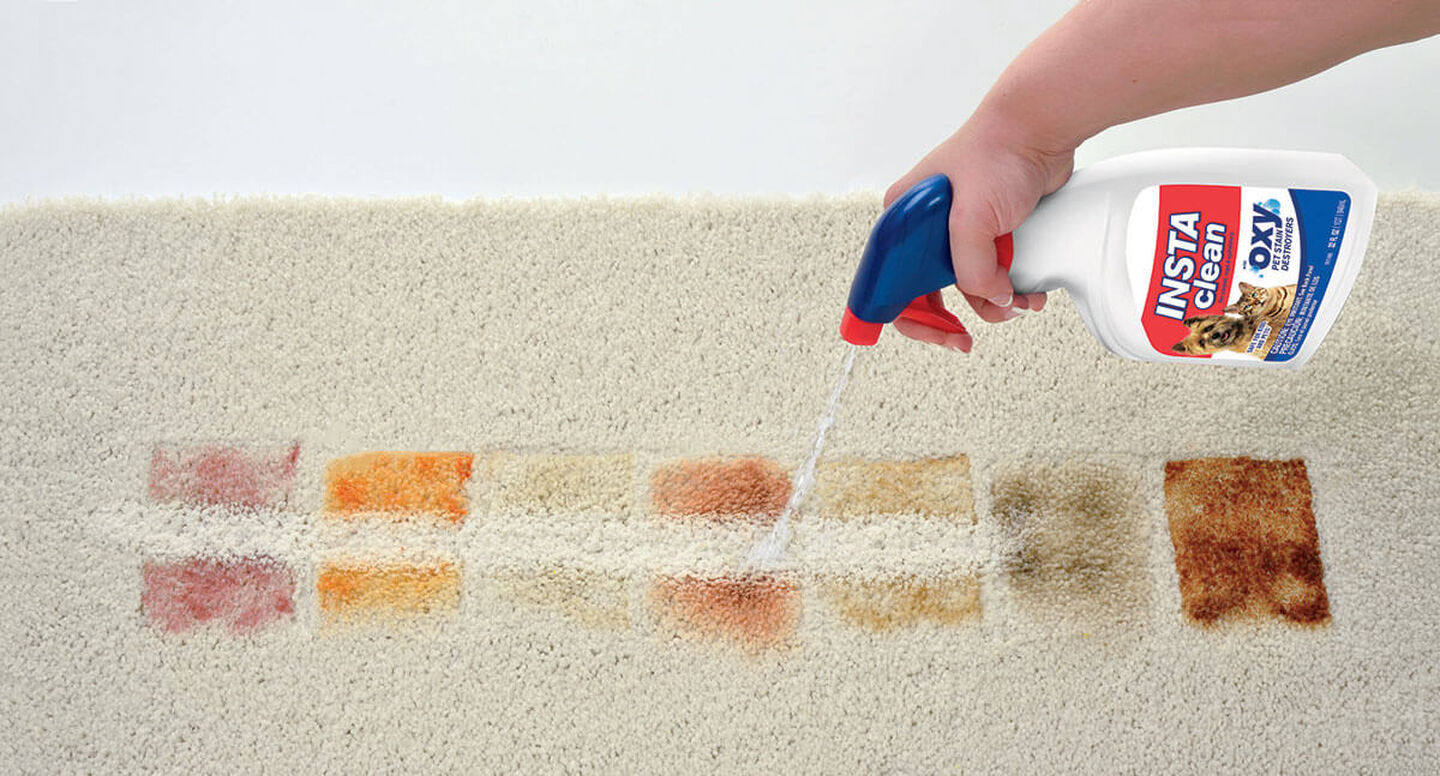

0 thoughts on “How To Get Blood Stains Out Of White Duvet”